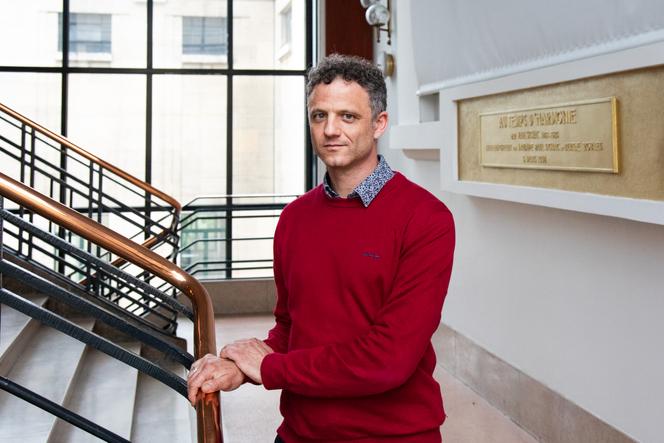


Three figures lurked in the shadows. Their target, Luc Di Gallo, suspected nothing. The Parc des Guilands in Montreuil, a suburb east of Paris, had a reassuring feel, with families enjoying the almost summer-like weather on the early evening of June 2, 2023. It wasn't typical for the 40-year-old to organize such a meeting in a public space, but after all, why not. So this time, he agreed to meet the young man he'd come across earlier in the afternoon on Grindr, a dating app for the LGBTQ+ community.
When he arrived, the deputy mayor of Montreuil was surprised to see that the man was wearing a surgical mask. Because of the pollen, said the man, apologizing. It was strange to be meeting up in a park in such circumstances, but Di Gallo asked no questions. The two men walked on and quickly took an unlit path. A signal was given: "Ok, come out!" The attack was violent and swift. Strangled, then pinned to the ground, Di Gallo was beaten for several minutes. His attackers shouted homophobic slurs, then fleed with his phone, credit card and ID.
It took Di Gallo several days to regain his appetite and dare to leave his house. There were the nightmares, jolts when someone approached him, the inability to relax during a haircut. He returned to the park during the day to look around. His attackers have not been found. "It's hard to believe that there are people who took the time to organize themselves, as a group, to target you, as a gay man. How is it possible that this hatred still exists?" he asked.
The attack on Di Gallo was not a one-off incident. In Montreuil alone, there have been two other similar attacks in recent months (although the police do not know whether they were committed by the same attackers).
But homophobic ambushes like this one occur in every region of France. It's hard to put a figure on the number of these attacks, many of which are kept quiet, and no official figures exist. In a survey published in April 2023, French investigative site Mediapart counted 300 homophobic ambushes between 2017 and 2021, or around one per week. This figure is probably greatly underestimated, given the number of victims of all ages who don't dare lodge a complaint, or for whom the homophobic character of the attack is not recognized.
It's just as difficult to date the start of this phenomenon, which has been going on for several years, and to analyze its evolution. However, social media and dating sites have made these assaults more visible and straightforward. The pattern is often the same: Attackers create a fake profile to lure a victim (usually a gay man) on an online site, then rob and beat them during the date.
You have 79.29% of this article left to read. The rest is for subscribers only.
